Introduction
Pollen allergies are the most common cause of seasonal allergies in the United States. Pollen is especially prevalent during the spring and summer months, when your immune system's defenses are down. If you suffer from pollen allergies, you'll want to do everything you can to keep pollen out of your home and office. Fortunately, there are several kinds of air purifiers that can help remove allergens from the air and make your space more comfortable.
Do air purifier helps with pollen allergy?
HEPA filters are the most common type of air purifier. They work by trapping pollen, dust and other allergens that cause symptoms like sneezing and itchy eyes. They’re also good at removing odors like cigarette smoke or pet dander.
Ionizing filters use electrical ions to neutralize gaseous pollutants such as nitrogen dioxide and sulfur dioxide — two of the main components in smog — as well as reducing ozone levels in your home.
Electrostatic filters attract and trap particles through static electricity rather than chemical reactions like ionization does; they’re often used with HEPA filters to capture even more particles than a regular filter would catch alone (but less efficiently). This type of filter is often used for fine dusts like mold spores or pet fur instead of pollen or larger particles like dust mites because electrostatic devices tend not be very effective when dealing with large-scale problems compared to other types of purifiers (like ionizers).
HEPA filter air purifier trap small particles like pollen, keeping them out of the air you breathe.
HEPA pollen air purifier are designed to trap very small particles. The HEPA acronym stands for “High Efficiency Particulate Air,” and it refers to a specific type of filter that uses a dense weave of fibers to remove particles from the air.
HEPA filters are used in hospitals because they are effective at removing bacteria and viruses that can pass through standard filters. However, they do not remove odors or gases from the air—only solid particles like pollen or dust mites can be trapped by a HEPA filter.
If you want to use an air purifier with your allergies, make sure it has a room air purifier!
Activated carbon filter air purifier can reduce certain gaseous pollutants.
A carbon filter air purifier can also remove odors from a room, as well as reduce formaldehyde and benzene. Trichloroethylene, toluene, xylene and other gaseous pollutants are among the many types of pollutants that carbon filters can reduce.
Ionizing filtration can be helpful if your pollen allergy causes you to suffer from asthma or bronchitis.
Ionizing filtration, also called electrostatic or high-voltage filtration, uses electricity to charge particles and then attract them to a charged plate. This type of filtration is helpful for people who suffer from asthma or bronchitis because it can remove even very small particles from the air. Many air purifiers now offer ionizing technology in addition to their more common types of filtration (HEPA, activated carbon).
Ionizing filtration may also be useful if you have multiple allergies: pollen allergy symptoms often overlap with those caused by dust mites, pet dander and mold spores. Ionizers are particularly effective at removing these allergens from the air; however they tend not to be as good at removing bacteria and viruses (which are considered "particulate matter").
Electrostatic air purifiers use charged plates to attract and trap particles.
Electrostatic air purifiers use charged plates to attract and trap particles. These devices are best for people with mild allergies, or those who want to clean their air but don’t need a high-performance machine.
In an electrostatic air purifier, a fan sends air through an ionizer that charges particles so they become airborne. A second set of plates then attracts the charged particles, trapping them in the filter so you can breathe in cleaner air! These machines come with either one or two filters: one removable and washable (which should be replaced every few months) and one permanent (used every 6 months). Some models also have HEPA filters for removing even smaller particulates from your home’s atmosphere. The downside is that electrostatic units are more expensive than other types of purifiers because they require more electricity—but if your budget can handle it, this type of machine might be worth the extra expense!
Room air purifiers can remove allergens from the air you breathe.
Room air purifiers are a great way to remove allergens from the air you breathe. They work by trapping dust, pollen, mold spores and other irritants in their filters.
How do they work? Allergens are pulled into the machine through a fan and are trapped in a filter that can be changed when it gets dirty. Some models have more than one filter so you don't have to change them as often. The best room air purifiers will trap at least 90% of these irritating particles before they reach your lungs!
What can they do for me? Besides helping people with allergies breathe better at home or at work, room air purifiers can also make your home safer for pets who suffer from asthma or other respiratory problems due to exposure to allergens (pets tend not make good roommates). They're also excellent for anyone suffering from seasonal allergies (like me!). If pollen counts are high outside then my eyes start itching almost immediately after opening my windows - this is because there's so much pollen floating around outside! After spending some time on Amazon researching different products available today I found several brands which seem promising: Jafanda JF260 ($120)
Conclusion
If you suffer from seasonal allergies, an air purifier can be a great tool to help you breathe easier. There are many different types of air purifiers and each one has its own pros and cons. If you want to learn more about these options, contact our experts today!

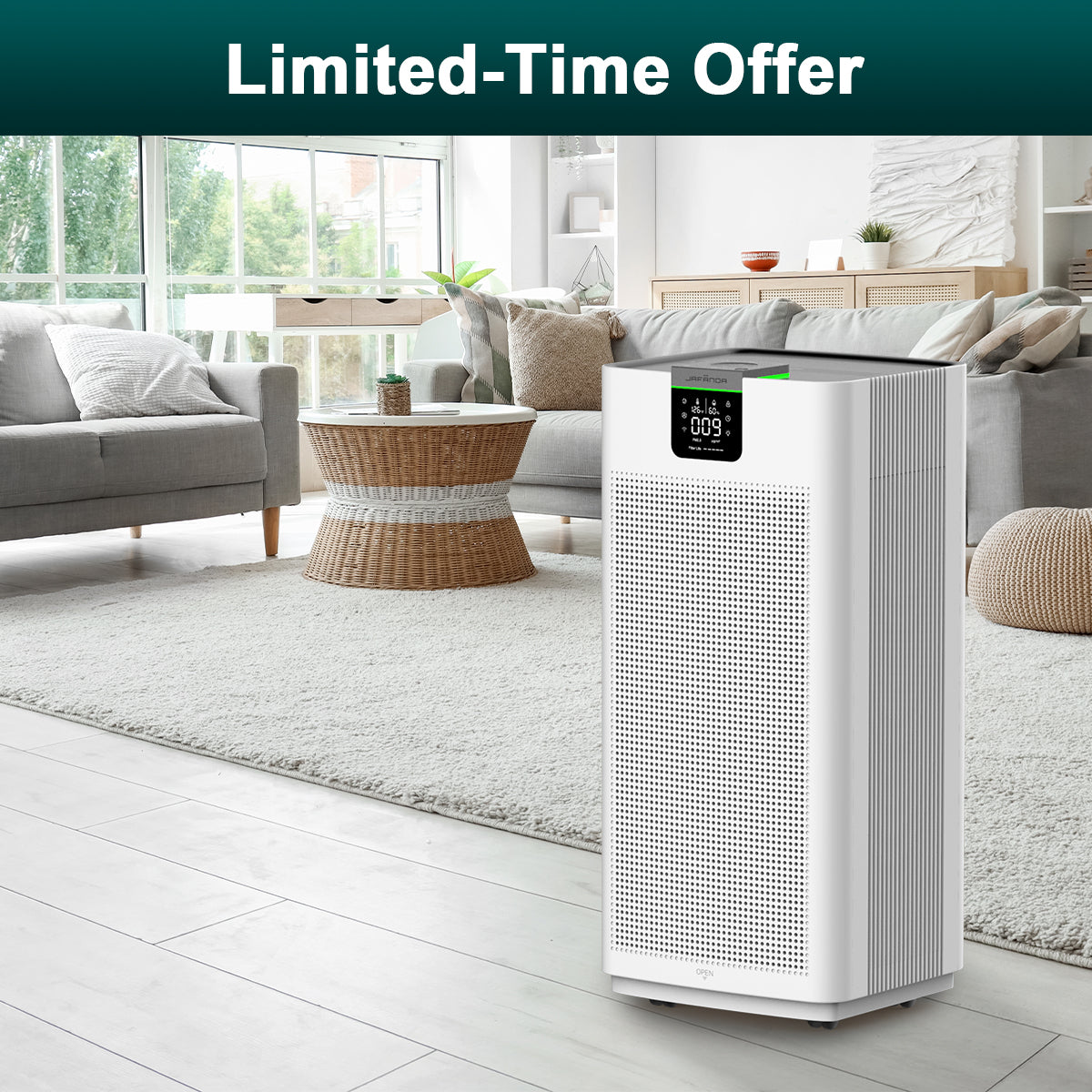
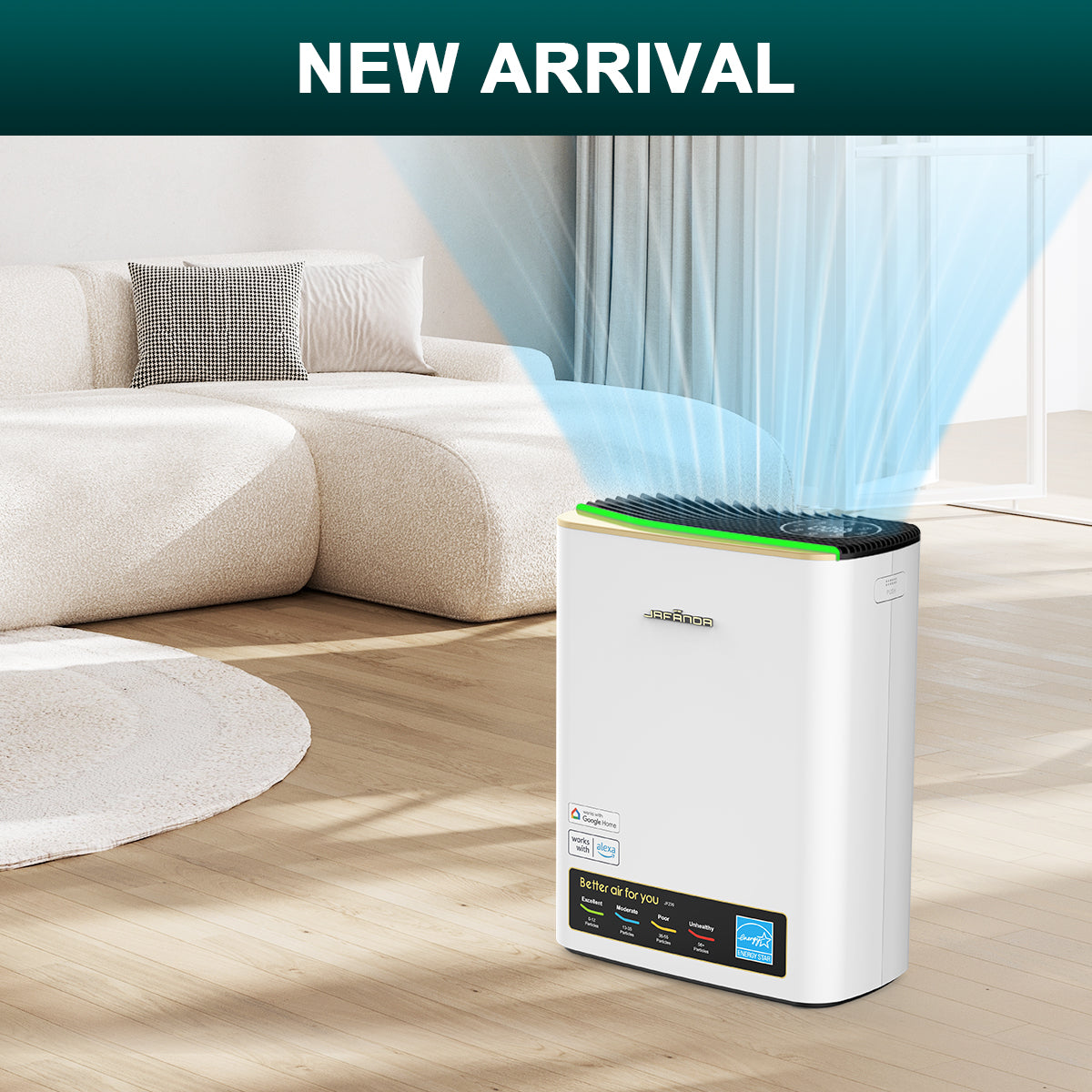
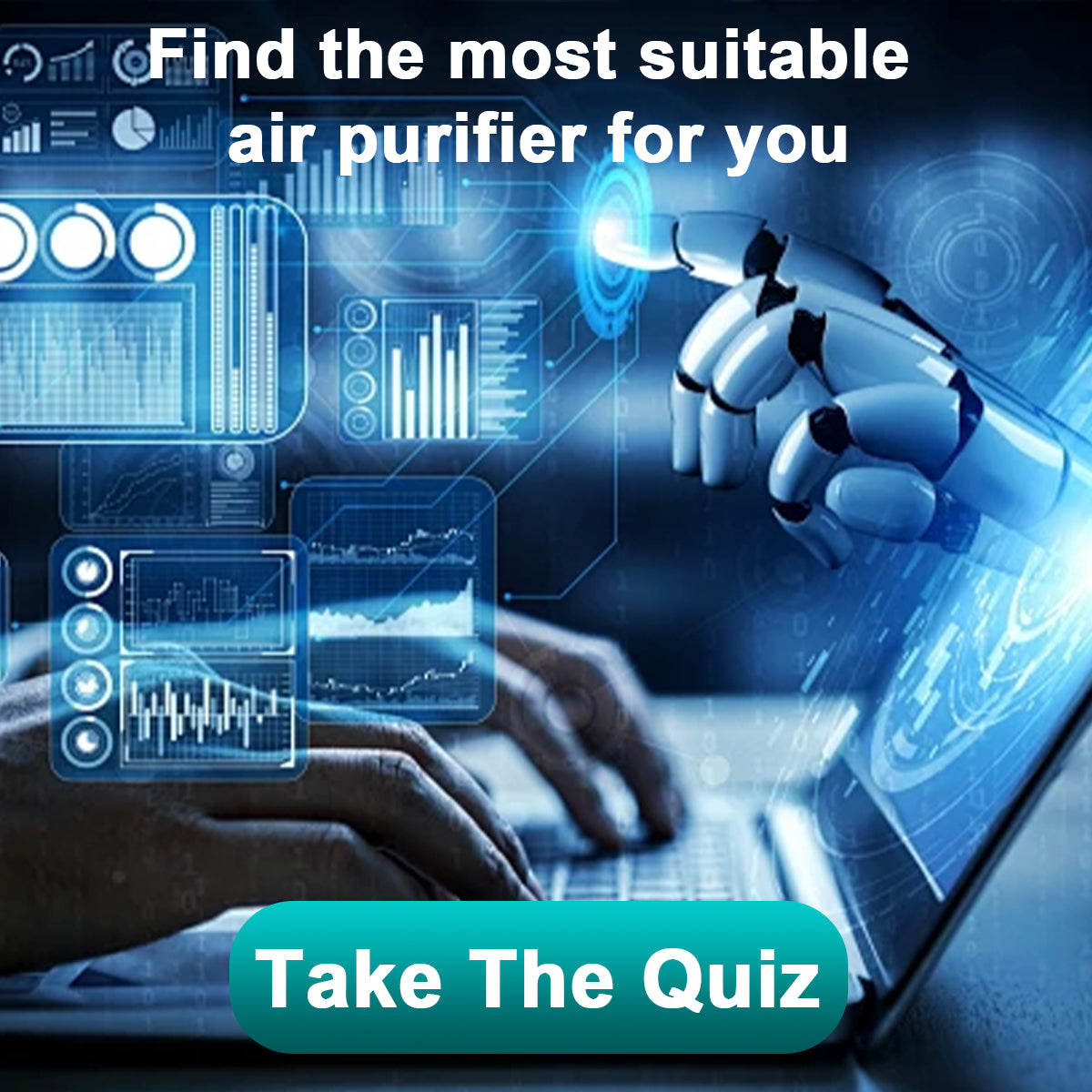
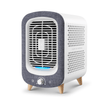
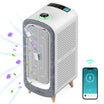
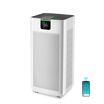
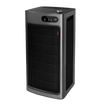

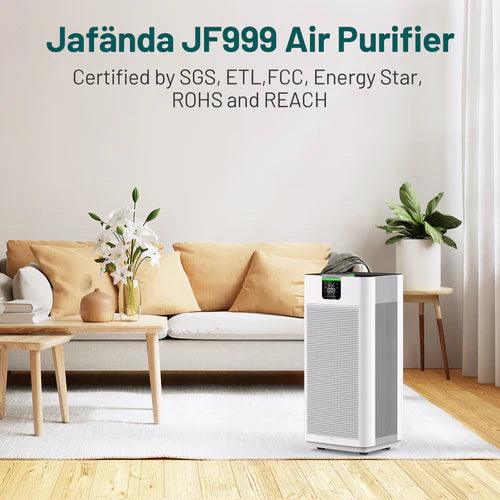
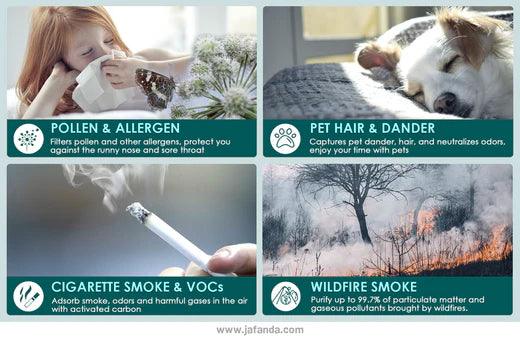
Leave a comment
All comments are moderated before being published.
This site is protected by hCaptcha and the hCaptcha Privacy Policy and Terms of Service apply.